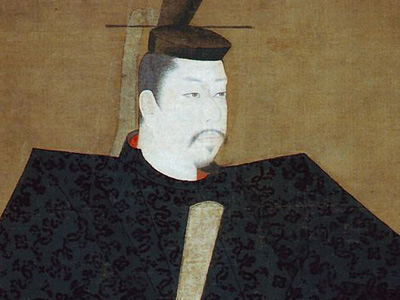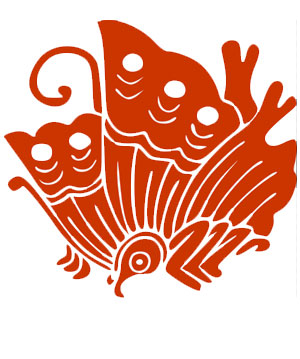Genpei War 源平合戦 (1180–1185)
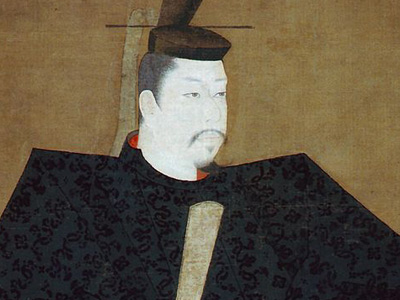
The Genpei War (源平合戦 Genpei kassen, Genpei gassen) (1180–1185) was a conflict between the Taira and Minamoto clans during the late-Heian period of Japan. It resulted in the fall of the Taira clan and the establishment of the Kamakura shogunate under Minamoto no Yoritomo in 1192.
The name "Genpei" (sometimes romanised as Gempei) comes from alternate readings of the kanji "Minamoto" (源) and "Taira" (平). The conflict is also known in Japanese as the Jishō-Juei War (治承寿永の乱 Jishō-Juei no ran), after the two eras between which it took place.
It followed a coup d'état by the Taira in 1179 and call to arms against them led by the Minamoto in 1180. The ensuing Battle of Uji took place just outside Kyoto, starting a five-year-long war, concluding with a decisive Minamoto victory in the naval Battle of Dan-no-ura.
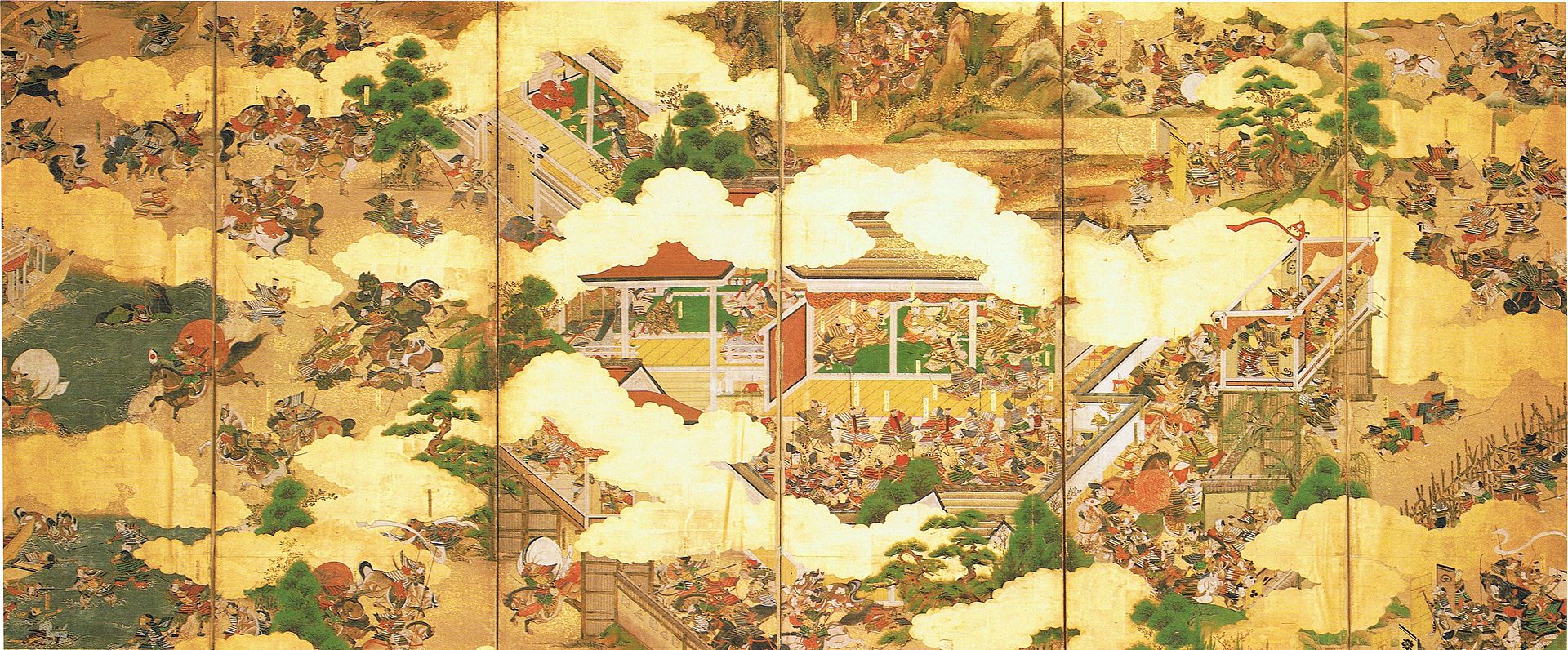
Scene of Genpei War (1180–1185)
( Click image to enlarge)
Background
The Genpei War was the culmination of a decades-long conflict between the two aforementioned clans over dominance of the Imperial court, and by extension, control of Japan. In the Hōgen Rebellion and in the Heiji Rebellion of earlier decades, the Minamoto attempted to regain control from the Taira and failed.
In 1180, Taira no Kiyomori put his grandson Antoku (then only 2 years of age) on the throne after the abdication of Emperor Takakura. Go-Shirakawa's son Prince Mochihito felt that he was being denied his rightful place on the throne and, with the help of Minamoto no Yorimasa, sent out a call to arms to the Minamoto clan and Buddhist monasteries in May. However, this plot ended with the deaths of Yorimasa and Mochihito.
In June 1180, Kiyomori moved the seat of imperial power to Fukuhara-kyō, "his immediate objective seems to have been to get the royal family under his close charge."
Battles
- 1180 First Battle of Uji – regarded as the first battle in the Genpei Wars, the monks of the Byodoin fight alongside Minamoto no Yorimasa.
- 1180 Siege of Nara – the Taira set fire to temples and monasteries, to cut supplies to their rivals.
- 1180 Battle of Ishibashiyama – Minamoto no Yoritomo's first battle against the Taira. Minamoto Yoritomo loses the battle.
- 1180 Battle of Fujikawa – the Taira mistake a flock of waterfowl for a sneak attack by the Minamoto in the night, and retreat before any fighting occurs.
- 1181 Battle of Sunomatagawa – the Taira thwart a sneak attack in the night but retreat.
- 1181 Battle of Yahagigawa – the Minamoto, retreating from Sunomata, attempt to make a stand.
- 1183 Siege of Hiuchi – the Taira attack a Minamoto fortress.
- 1183 Battle of Kurikara – the tide of the war turns, in the Minamoto's favor.
- 1183 Battle of Shinohara – Yoshinaka pursues the Taira force from Kurikara
- 1183 Battle of Mizushima – the Taira intercept a Minamoto force, heading for Yashima.
- 1183 Siege of Fukuryūji – the Minamoto attack a Taira fortress.
- 1183 Battle of Muroyama – Minamoto no Yukiie tries and fails to recoup the loss of the battle of Mizushima.
- 1184 Siege of Hōjūjidono – Yoshinaka sets fire to the Hojuji-dono and kidnaps Emperor Go-Shirakawa.
- 1184 Second Battle of Uji – Yoshinaka is pursued out of the capital by Yoshitsune and Noriyori.
- 1184 Battle of Awazu – Minamoto no Yoshinaka is defeated and killed by Yoshitsune and Noriyori.
- 1184 Battle of Ichi-no-Tani – Minamoto no Yoshitsune attacks and drives the Taira from one of their primary fortresses.
- 1184 Battle of Kojima – Taira fleeing Ichi-no-Tani are attacked by Minamoto no Noriyori.
- 1185 Battle of Yashima – the Minamoto assault their enemies' fortress, just off Shikoku.
- 1185 Battle of Dan-no-ura – Minamoto no Yoshitsune decisively defeats Taira forces in naval battle ending the war.
HISTORY
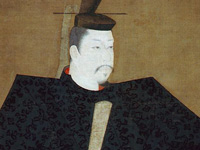
RESOURCES
This article uses material from the Wikipedia article "Genpei War (1180–1185)", which is released under the Creative Commons Attribution-Share-Alike License 3.0.
© Stories Preschool. All Rights Reserved.
